Table of Contents
Picture this: You're halfway through mixing up a batch of legendary biscuits, the kind that make people weep with joy, and you hit the wall. No buttermilk. The fridge is bare, the store is miles away, and that baking powder just isn't going to cut it on its own. We've all been there, staring into the dairy abyss, wondering if the baking gods are testing us. But before you abandon ship and order takeout, know this: a common kitchen staple might just save your recipe. Learning how to make buttermilk using sour cream isn't just a clever hack; it's a reliable way to replicate that tangy, tenderizing magic your baked goods crave. While other methods exist, like the classic milk-and-acid combo, tests show that the sour cream approach often gets you closest to the real deal in terms of texture and richness. This article cuts through the noise, showing you exactly how this method stacks up and how to pull it off without a hitch, so you can get back to baking those biscuits (or pancakes, or fried chicken) that everyone raves about.
Ran Out? Why Making Buttermilk at Home Saves the Day
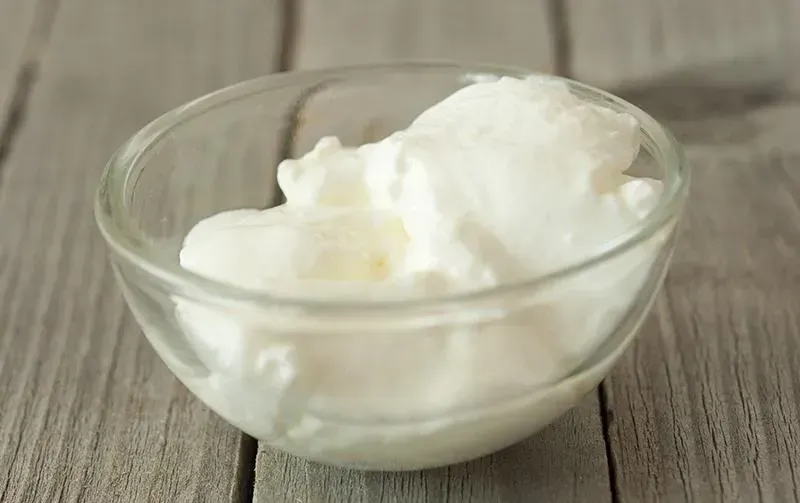
Ran Out? Why Making Buttermilk at Home Saves the Day
You’re elbows deep in flour, the oven is preheating, and the smell of potential deliciousness fills the kitchen. Then it hits you – the recipe calls for buttermilk, and your carton is bone dry. Panic might set in. Your carefully planned baking project seems doomed. Buttermilk isn't just some fancy ingredient; it adds that crucial tang, helps leaven baked goods, and tenderizes proteins in marinades. Without it, your biscuits fall flat, your pancakes lack fluff, and your fried chicken just isn't quite right. Facing this dairy deficit means either a last-minute dash to the store (often interrupting a critical step in the process) or finding a workaround. This is precisely why knowing how to whip up a substitute at home isn't just convenient; it’s the difference between culinary triumph and a disappointing mess.
Your GoTo Method: How to Make Buttermilk Using Sour Cream
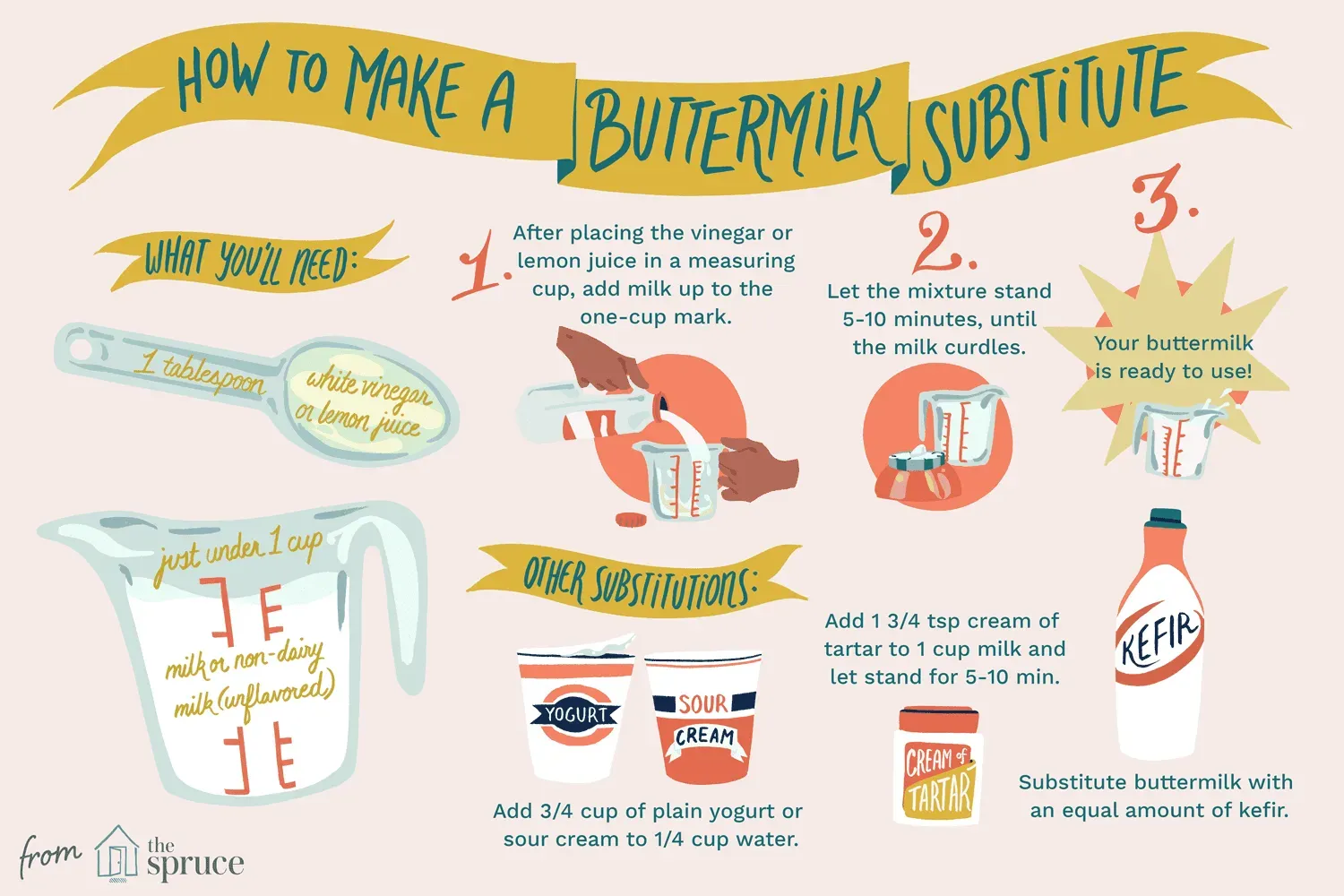
Your GoTo Method: How to Make Buttermilk Using Sour Cream
Why Sour Cream Works Wonders
let's talk about the secret weapon in your fridge: sour cream. When you're staring down a recipe that demands buttermilk and you're fresh out, sour cream is often your best bet for a quick, reliable substitute. Why? Because sour cream already has that thicker, cultured texture and tangy flavor that's closer to real buttermilk than just thinning milk with acid. It brings a richness and body that the standard milk-and-vinegar trick sometimes misses, especially in baked goods where texture is everything. Using sour cream to make buttermilk gives you a consistency and a slight fat content that mimics the real deal more closely, leading to better results in your final product.
The Simple Principle Behind the Magic
The core idea behind how to make buttermilk using sour cream is pretty straightforward: you're diluting the thick sour cream with milk (or sometimes water) to get a pourable consistency that's similar to buttermilk. You're not trying to culture the milk further; the work is already done by the sour cream. You're essentially adjusting its texture to function like buttermilk in your recipe. It's less about creating new acidity, although the sour cream brings its own, and more about achieving the right pour and richness. This method is forgiving and fast, making it a true kitchen lifesaver when time is tight and ingredients are scarce.
- Milk + Acid (Vinegar/Lemon Juice): Thins milk, adds tang. Can curdle.
- Yogurt + Milk/Water: Thins yogurt. Texture can vary.
- Sour Cream + Milk/Water: Thins sour cream. Closest texture to commercial buttermilk.
- Cream of Tartar + Milk: Adds tang. Can sometimes affect texture in baking.
StepbyStep: How to Make Buttermilk Using Sour Cream
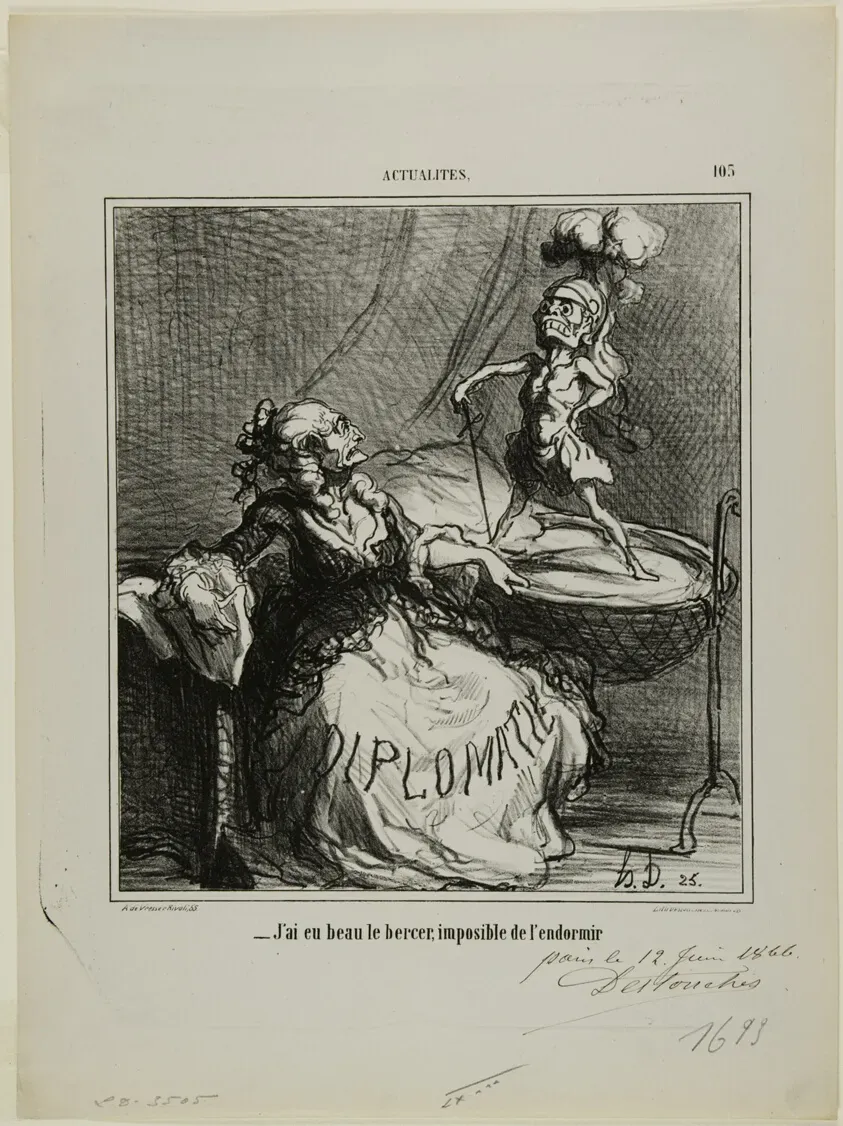
StepbyStep: How to Make Buttermilk Using Sour Cream
Alright, let's get down to the nitty-gritty of the best way to handle that buttermilk emergency: the Step-by-Step: How to Make Buttermilk Using Sour Cream method. It's ridiculously simple, honestly. Forget complex chemistry; this is more like kitchen common sense. The general rule of thumb is to mix about a 1:1 ratio of sour cream and milk. So, if your recipe calls for one cup of buttermilk, you’ll grab half a cup of sour cream and half a cup of milk. Whole milk works great here because it adds a little richness, but 2% or even skim will do in a pinch, though the final texture might be slightly thinner. Just whisk them together until you get a smooth, pourable consistency that looks roughly like store-bought buttermilk. Don't expect it to curdle or thicken like the milk-and-acid trick; you're just aiming for the right texture. Let it sit for maybe 5 minutes while you gather your other ingredients. That's it. Seriously. You've just MacGyver'd your way out of a baking disaster with two things you probably already had.
Comparing How to Make Buttermilk Using Sour Cream to Other Tricks
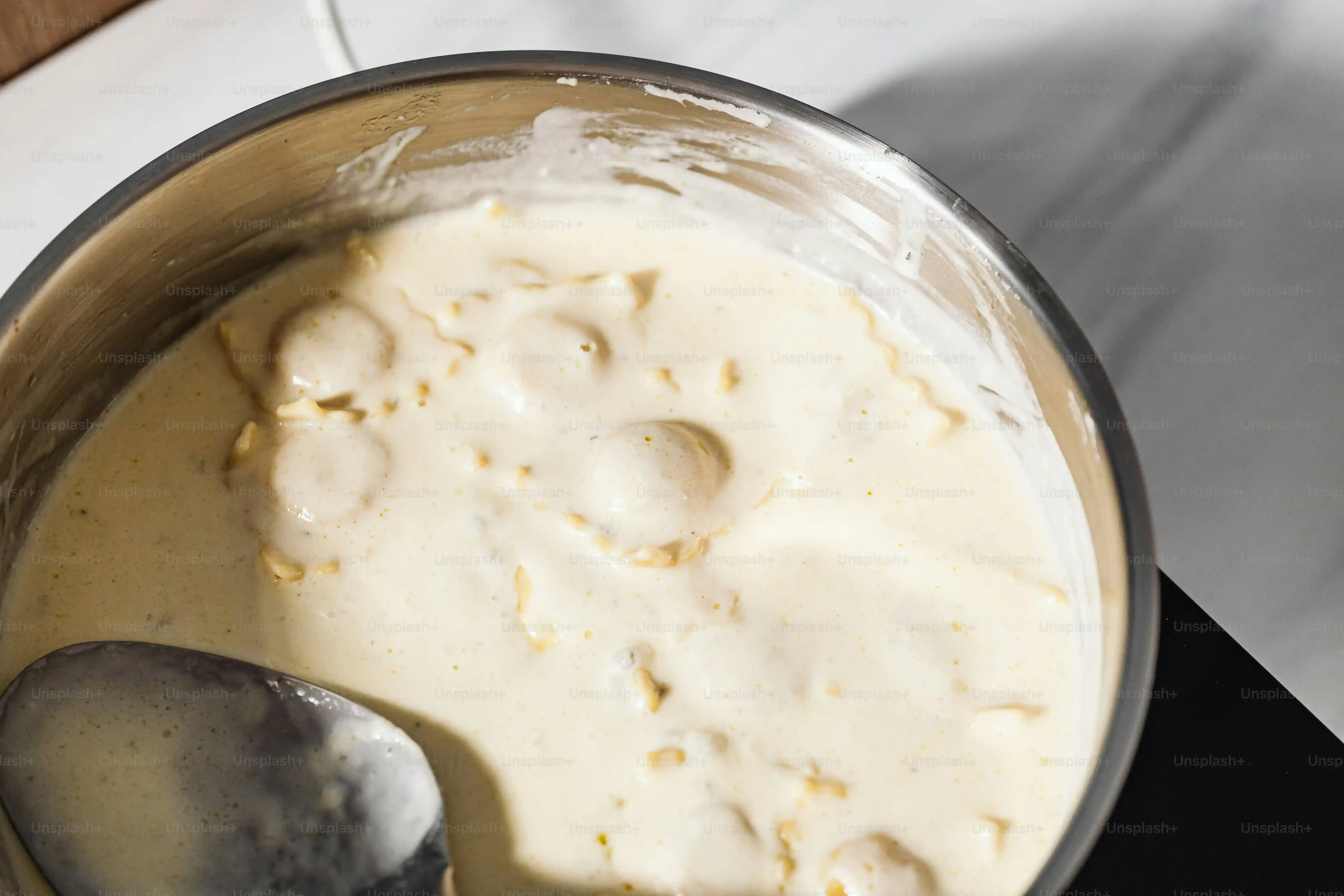
Comparing How to Make Buttermilk Using Sour Cream to Other Tricks
Sour Cream vs. The Classic Milk & Acid Trick
so the most common emergency buttermilk hack involves stirring a tablespoon of vinegar or lemon juice into a cup of milk and letting it curdle. It works, sort of. You get the acidity, sure, which activates baking soda and adds tang. But let's be real, it often results in thin, slightly curdled milk that doesn't quite have the body or richness of actual buttermilk. When you're trying to replicate the texture that makes biscuits tender or pancakes fluffy, that watery acid-milk just doesn't cut it as well. Knowing how to make buttermilk using sour cream gives you a head start because sour cream already has a cultured thickness and a higher fat content. Diluting that gets you much closer to the viscosity and mouthfeel of store-bought buttermilk, making it a superior choice for recipes where texture is paramount.
Beyond Milk & Acid: How Sour Cream Stacks Up
Beyond the vinegar/lemon juice method, people also suggest thinning yogurt or using cream of tartar. Yogurt is similar to sour cream in that it's already cultured and thick, but its flavor profile can sometimes be more pronounced or less neutral than sour cream, potentially altering the taste of delicate baked goods. Cream of tartar with milk provides acidity but adds almost no body or richness, often leading to thinner batters and sometimes a slightly cakey texture in baking, as some tests have shown. The sour cream method, however, provides a balanced approach – you get the necessary tang from the sour cream's culture, and when thinned with milk, you achieve a consistency and fat level that mimics traditional buttermilk more faithfully than these other options. It's less of a compromise and more of a genuine substitute.
Method | Ratio (per 1 cup needed) | Pros | Cons | Best Use Case |
|---|---|---|---|---|
Milk + Vinegar/Lemon Juice | 1 cup milk + 1-2 tbsp acid | Quick, common ingredients, adds acidity | Often too thin, can curdle noticeably, less rich texture | Recipes needing just acidity (marinades, some quick breads) |
Yogurt + Milk/Water | ~3/4 cup yogurt + ~1/4 cup liquid | Thick texture, cultured flavor | Flavor can be strong, consistency varies by yogurt type | Recipes where yogurt flavor is okay (some muffins, pancakes) |
Sour Cream + Milk/Water | ~1/2 cup sour cream + ~1/2 cup liquid | Closest texture & richness to commercial buttermilk, neutral flavor | Requires sour cream on hand | Baking (biscuits, cakes, pancakes), frying batters |
Cream of Tartar + Milk | 1 cup milk + 2 tsp cream of tartar | Adds acidity | Very thin, no richness, can affect baked texture | Least recommended for texture-sensitive baking |
Tips for Baking and Cooking with Buttermilk Made from Sour Cream
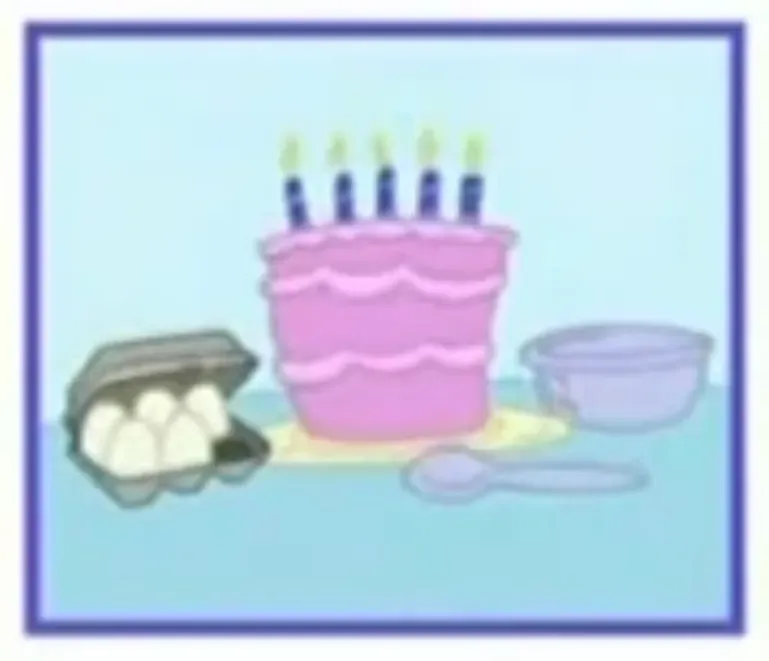
Tips for Baking and Cooking with Buttermilk Made from Sour Cream
so you've successfully whipped up your sour cream buttermilk substitute. Now what? While it's a fantastic stand-in, a few pointers can ensure your baking and cooking goes off without a hitch when using buttermilk made from sour cream. First off, treat it just like the store-bought stuff in terms of measurement; the 1:1 ratio gets you the right volume. However, because sour cream has a bit more fat than traditional buttermilk, your batter or dough might feel slightly richer or even a touch thicker. Don't panic and add extra liquid right away; mix it in and see how it behaves. When I first tried this for pancakes, I almost added more milk because the batter seemed different, but I held back, and they turned out gloriously fluffy. This substitute shines in recipes where that tang and fat content contribute to tenderness, like biscuits, scones, or even fried chicken batter. It provides that acidic kick needed to react with baking soda and helps create a tender crumb or a crispy coating.
Your Go-To Buttermilk Backup Plan
So there you have it. When your recipe calls for buttermilk and your carton is empty, you don't need to panic or make a desperate grocery run. Knowing how to make buttermilk using sour cream provides a genuinely effective alternative, often yielding results closer to the store-bought version than the standard milk-and-acid trick. It's a simple, quick fix that keeps your baking projects on track and your final products tasting like they should. Keep some sour cream on hand, remember the ratio, and you'll never be caught buttermilk-less again. Your biscuits (and everything else) will thank you.